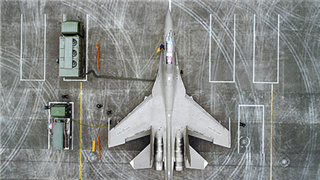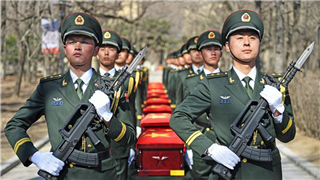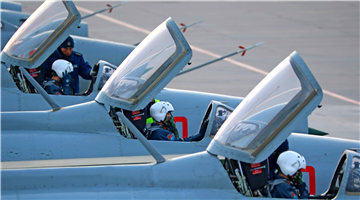
The photo of lunar lander Chang'e-4 taken by rover Yutu II on January 11. Photo: courtesy of China National Space Administration
China's lunar lander Chang'e-4 and lunar rover Yutu II have woken up after their first night on the dark side of the moon.
The two machines autonomously came out of "sleep mode" in accordance with the angle of the sun after enduring extreme low temperatures, reads a statement the China National Space Administration sent to the Global Times on Thursday.
Chang'e-4 woke up at 8:39 pm on Wednesday Beijing Time and the Yutu II lunar rover woke up at around 8 pm Tuesday as the sun shone upon them, the space agency said.
Key devices have powered up according to a scheduled program and the two machines are functioning properly, indicating they safely passed their first lunar night.
One lunar day and night is about 28 Earth days and nights. Such long periods at such low temperatures pose serious challenges to the survival of the lunar probe.
A radioisotope heat source installed on the Chang'e-4 continuously provided heat to the machines.
The rover is currently 18 meters northwest to the lander and their data exchange with Earth is stable thanks to the Queqiao relay satellite.
They will continue scientific exploration as planned during their second lunar day on the moon.
During the just-ended night, Chang'e-4 used an isotope thermoelectric battery to power a thermometer to monitor the temperature on the moon.
According to data the thermometer recorded, the ground temperature reached as low as -190 C.
This is the first time Chinese scientists have gained temperature data of a lunar night.
The Chang'e-4 probe made the first ever soft landing on the far side of the moon on January 3.
During its first day on the moon, the Chang'e-4 lander and Yutu II rover successfully completed a series of missions, such as powering on scientific payloads and exploration tasks that include the participation of multiple countries and organizations.
The lander took a 360-degree, full-color panorama of its landing zone with its camera on January 11, and the lander and rover took photos of each other on the same day.










